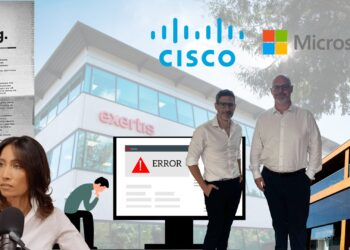“The bigger challenge is newer clients”

Philip Mashinchi, Managing Partner, Cambridge Support
With the end-of-support date now just 49 days away, how concerned are you about the number of customers, and UK organisations more generally, who are still on Windows 10?
As someone who works in cybersecurity and is often called in after breaches, I find this deeply concerning. Thinking about organisations that have been fortunate so far – and the costs they’d face if they weren’t – I understand the reluctance to upgrade from Windows 10, especially when new hardware may be required. But that decision needs serious consideration. If cost is the barrier, the question isn’t whether they can afford to upgrade; it’s whether they can afford not to.
What percentage of your customers would you estimate have fully transitioned, or are in the process of transitioning, to Windows 11?
I’m pleased that almost all of our long-standing customers have already made the transition. The bigger challenge is newer clients: it’s hard to recommend replacing a large share of their devices to reduce risk when all they see are cost and disruption.
What’s your advice to organisations who are struggling to move off Windows 10 due to legacy applications or hardware incompatibilities etc?
This is a big problem for many organisations, especially the larger ones with legacy systems. Although it might feel like a backward setup, my advice would be to isolate the device from their network and use it as a standalone system. If that is not an option, limit the type of data stored on the device without interrupting its function, install the best end point protection tools, isolate it in a DMZ and of course ensure it is backed up regularly.
See final page for more channel partner leader views…

















